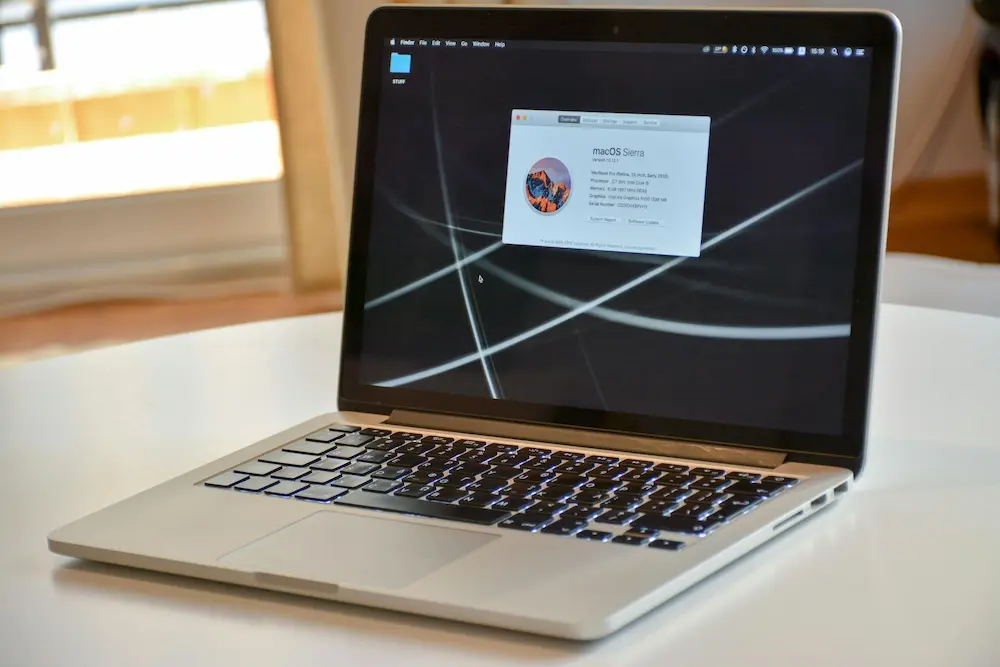Common Mistakes to Avoid for Better Product Communication
Your user experience can be made or broken by product communication. Whether it’s timely email reminders or in-app onboarding messages, clarity is key.

Product Communication Mistakes to Avoid
Product communication has the power to make or ruin your user experience. Long-term user activation and engagement depend heavily on these touchpoints, which may include in-app onboarding messages or timely email reminders.
These messages could, however, result in user confusion, friction, and churn if they are implemented improperly. Because of this, we have compiled a list of common mistakes in product communication and provided guidance on how to fix them using Triggerbox.
Product Communication: What Is It?
Does it differ from messaging for products? Why does your product need it? How can you accomplish your product objectives with the aid of specialized in-product communication tools?
The process of providing all the information your users require to utilize your product efficiently is known as product communication. This covers support materials and documentation as well as all in-app instructions and messages that help users reach their objectives.
Giving Users Too Much Information
Users may become overwhelmed, especially in their initial visits, if there are too many updates, links, or messages in a single email or in-app guide.
Instead, concentrate on a single, unambiguous message.
Using targeted messages and detailed checklists, Triggerbox enables you to create efficient onboarding processes. Make sure that every step is concentrated on a single action or idea. Clarity and completion rates are increased by simplicity.
Several or None at All (CTAs)
Users are left unsure of what to do next when they receive a guide or email with multiple conflicting calls to action (CTAs) or none at all.
Instead, take a drive. One Main Course of Action
There should be a distinct, eye-catching call to action in every message you send using Triggerbox. Make it visually unique and use action-oriented language, such as "Get Started" or "Try Feature X". The golden rule is one objective per message.
Sending Generic, Bulk Emails
Sending the same onboarding email to every user, regardless of their role, behavior, or product stage, diluted its relevance and gave the impression that it was impersonal.
Instead, Personalize with Segments and Behavior
You can categorize users using Triggerbox based on their behavior, metadata, and journey stage. Create personalized advertisements that address each user's location and the next step they must take to activate.
Poor Preview Text and Subject Lines
If the subject line is dull or unrelated, even excellent emails may not be opened. This could be the cause of your low open rates.
Instead, make your subject lines more effective.
Use A/B testing within your Triggerbox campaigns to test various subject lines and preview texts. Keep them succinct, straightforward, and value-oriented. Increased engagement can result from personalization, such as using the user's name or product activity.
Excessive Message Sending
Excessive communication, particularly through multiple channels, can irritate users, erode their trust, and lead to more unsubscribes or in-app fatigue.
Instead, Organize Your Campaigns
Triggerbox allows you to create cross-channel journeys that avoid overlap, throttle messages, and manage timing. To guarantee that users only see the appropriate message at the appropriate moment, use behavior-based triggers.
Communicate Now Using Triggerbox
Effective product communication involves more than just sending messages; it involves sending the appropriate message to the appropriate user at the appropriate moment.
You can drastically increase your activation rates and change your onboarding flow by avoiding the aforementioned errors and substituting them with deliberate, tailored, and data-driven messages.